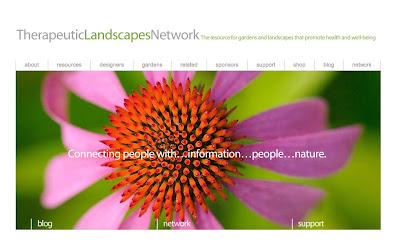 I really wanted to get to the Design for Aging conference, which started today, but just couldn’t this year. If you are in the same boat, I have a consolation prize for you!
I really wanted to get to the Design for Aging conference, which started today, but just couldn’t this year. If you are in the same boat, I have a consolation prize for you!
The Therapeutic Landscape Network has teamed up with Access to Nature to offer a 10% discount off of the excellent DVD series, “Access to Nature for Older Adults.”
Please visit this earlier post for a detailed (and glowing) description of this DVD series. It is an excellent new contribution to this field, and I wish that everyone would see it.
So to help with that, here’s the deal: Receive a 10% discount when you buy any or all of the Access to Nature DVDs. Just enter this promotional code in the checkout section on the Access to Nature website: TLNA2N.








